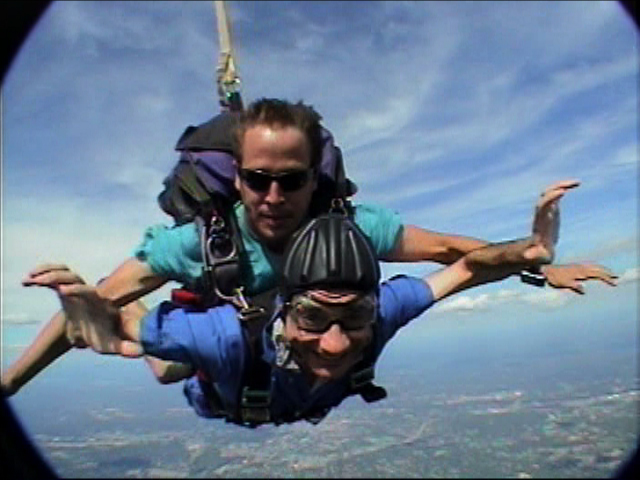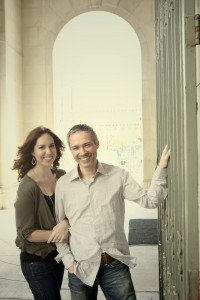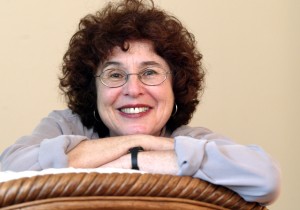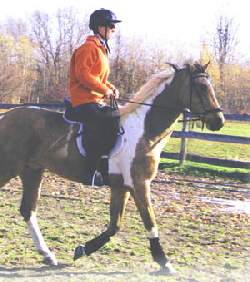 Dear Dr. Sarno,
Dear Dr. Sarno,
In 2003 I began to experience chronic back pain that was so severe that it kept me from sleeping at night.
I immediately contacted my physician, who did a full work-up, with MRIs, CT scan, bone scan (because the pain radiated from my sacrum area), and physical therapy. He supplemented this treatment with (at different times) opioid painkillers, neurontin, Lyrica, and NSAIDs.
The workups showed two herniated discs but nothing else that was exceptional. The PT temporarily relieved my pain, but it returned all too soon. Chiropractic had a similar result, as did cranio-sacral therapy. I increased my daily exercise regime and added stretching. Still no relief from the chronic night-time pain.
I continued to take an exploratory and proactive approach to my chronic pain. I began to attend yoga classes and received acupuncture. I underwent a full series of Rolfing sessions as well as a six-month long course of weekly shiatsu massage. All of these ‘alternative’ treatments were wonderful because of the relationships that formed around them, and they were very emotionally revealing, but they didn’t vanquish my back pain. I stretched, I learned to release trigger points, I read all the books I could find about back pain.
Still no lasting relief from the chronic pain.
My PC doc and my ortho specialist arrived at the conclusion that surgery would be the next step, but they warned me that it is often ineffective at relieving chronic pain.
One day, I found *Healing Back Pain* at the library. I checked it out, went home, and read it in one session. I realized almost immediately that this approach applied to me and my situation.
I entered treatment with a psychologist and began to practice gentle stretching exercises (Chinese qi gong). Within a few days my pain was drastically reduced, and within two months it had entirely gone away. I no longer had to take painkillers or lose sleep. Best of all, my emotional life became more satisfying and well-integrated. I became a happier and (I hope) better adjusted person because of this learning experience.
I continue to be free of back pain ten years later. Every once in a while, when I feel a twinge in my back (or a stomach upset or a skin problem) I turn my attention to factors in my emotional life, and that does the trick. I’ve helped several friends and relatives arrive at the same resolution for their issues, including orthopedic pain, gastrointestinal issues and fibromyalgia.
I believe that many people find secondary gain in TMS pain and are unwilling to confront the psychological issues that cause it. I only hope that one day, physicians and other health-care practitioners embrace your approach more readily. It has the potential to save them, their patients, and the health-care system from the disastrous effects of chronic TMS pain.
 Dear Dr. Sarno,
Dear Dr. Sarno,

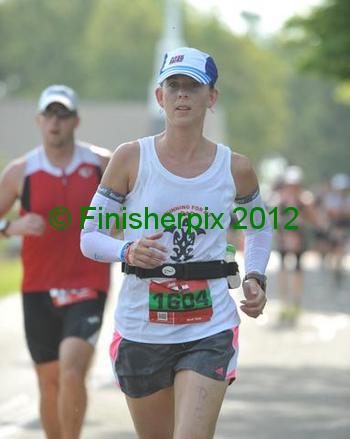
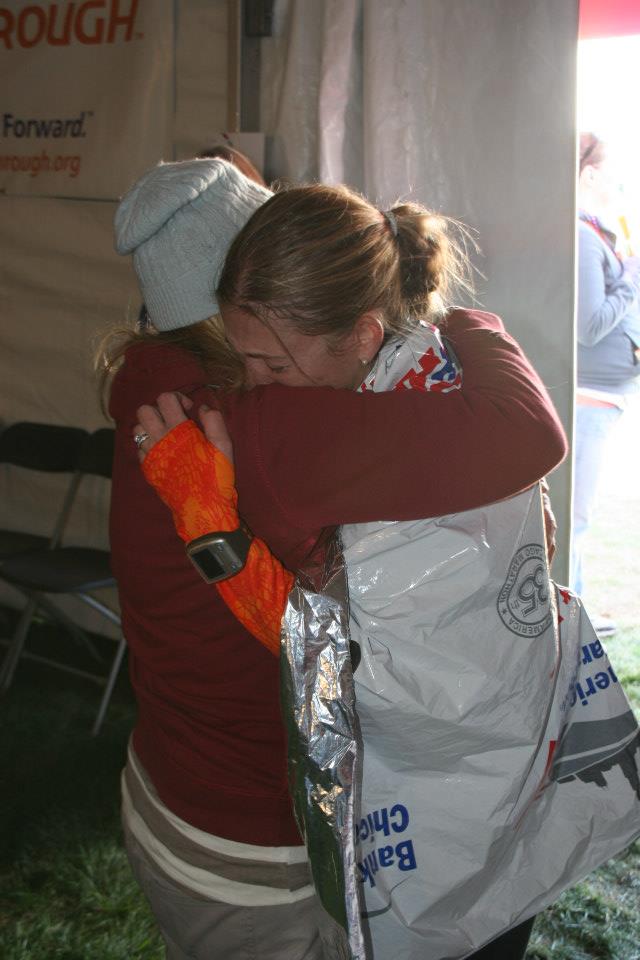
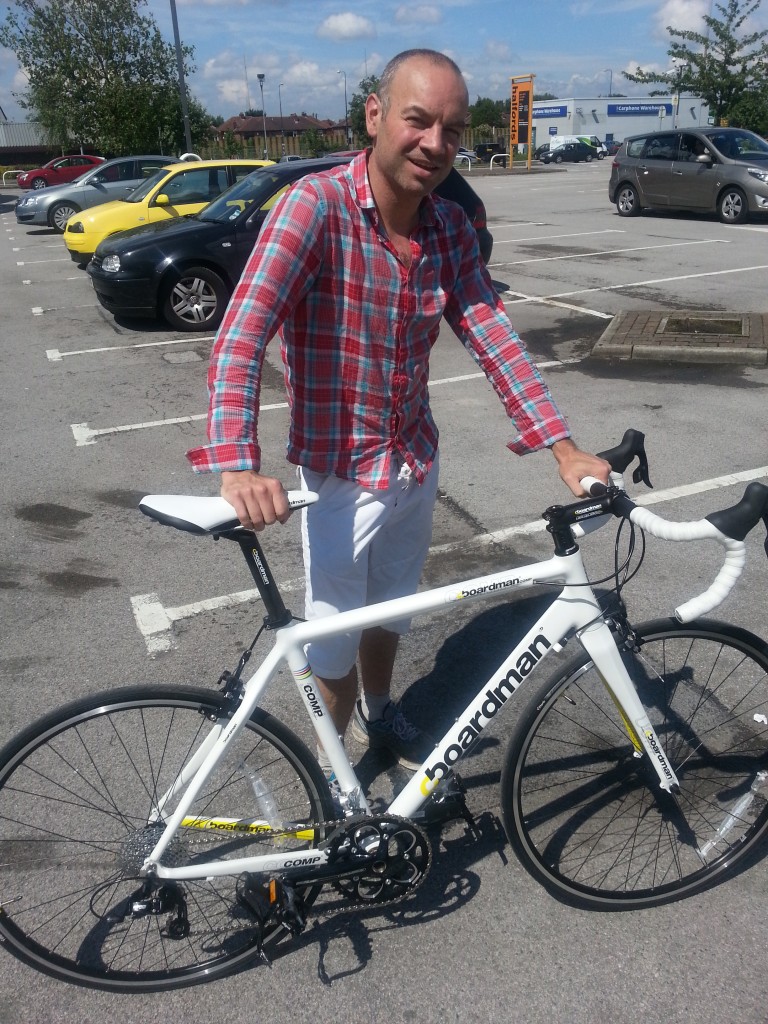
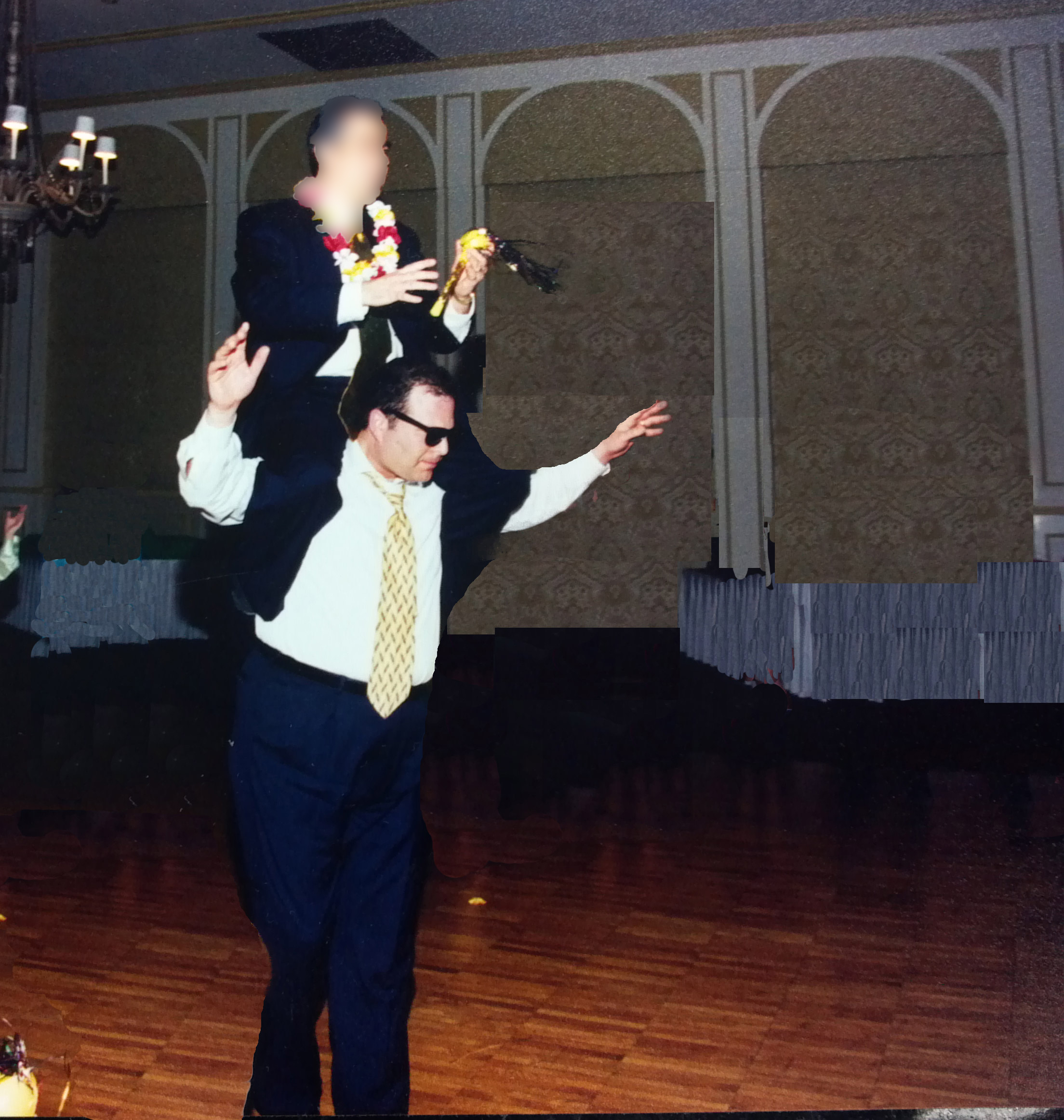 Dr. Sarno,
Dr. Sarno, Dear Dr. Sarno –
Dear Dr. Sarno –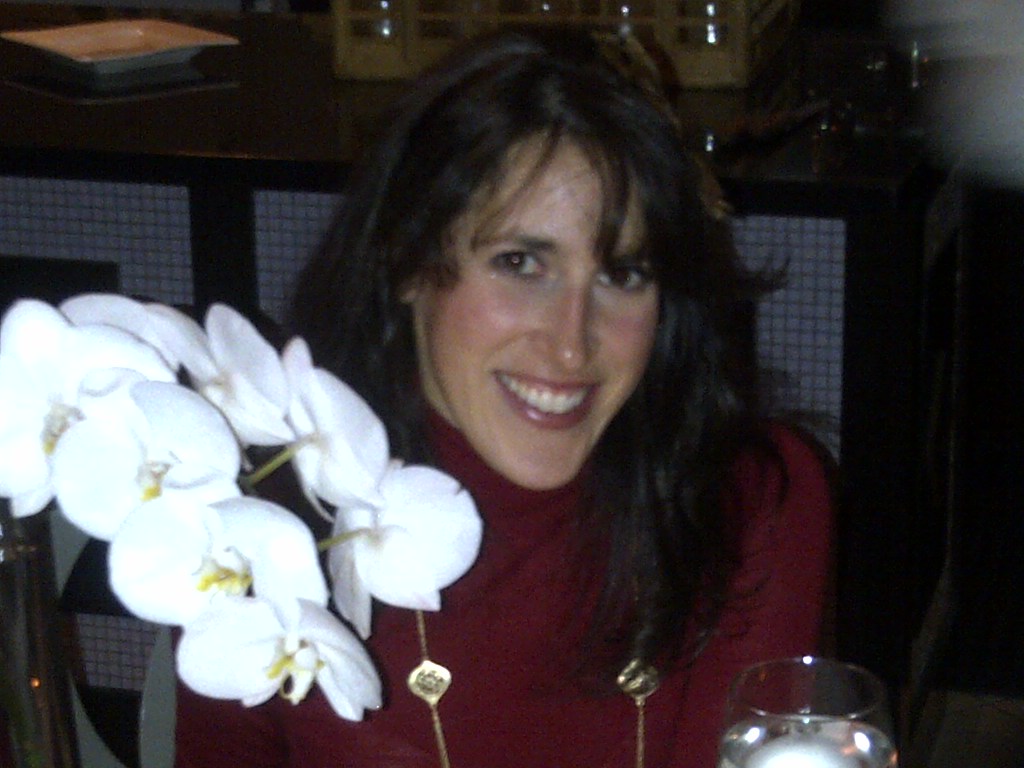 Dear Dr. Sarno,
Dear Dr. Sarno,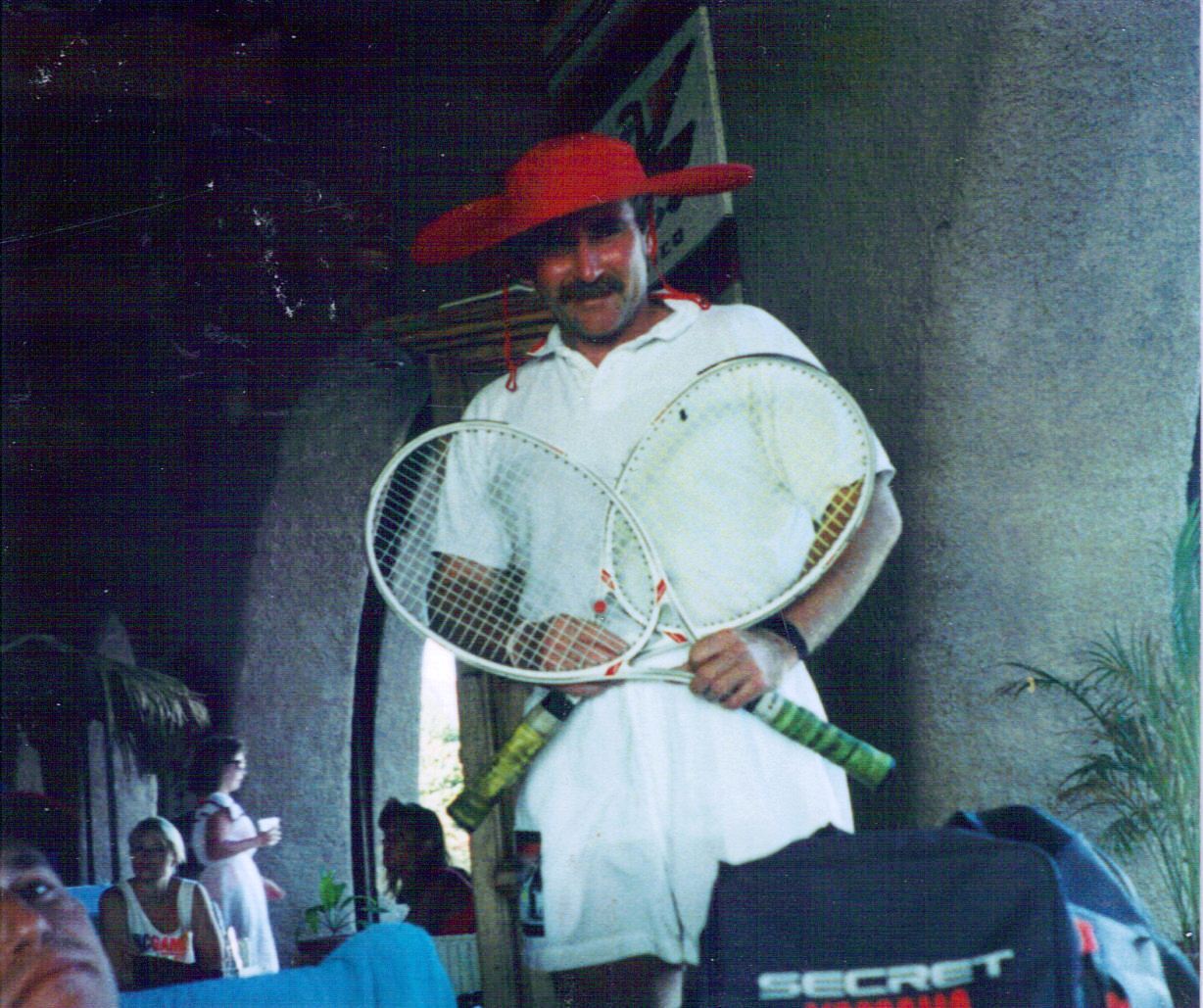 Dearest Good Doctor Sarno,
Dearest Good Doctor Sarno, Dear Dr. Sarno,
Dear Dr. Sarno,